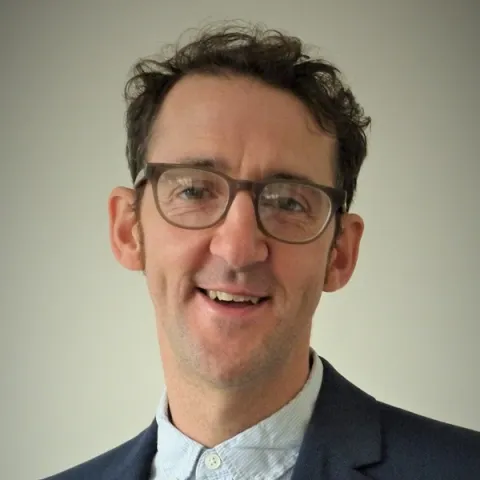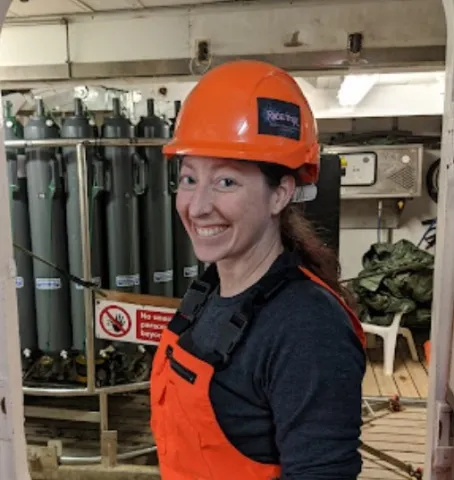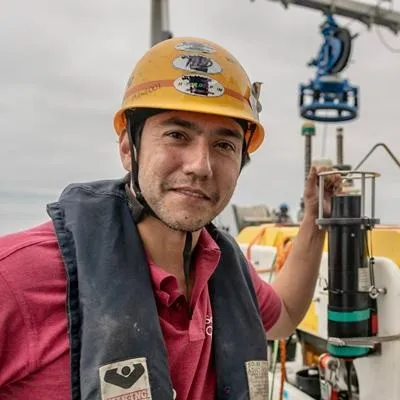Project overview
This project supports collaborative work between the University and a UK SME micro-AUV manufacturer as we look to complete final development stages and initial field-testing of an experimental sampler for the smallest class of AUVs. The project will strengthen a productive relationship between the university and marine business, help bring university-developed technology closer to market, and sow the seeds for new inter-faculty research work that will exploit the technology.


